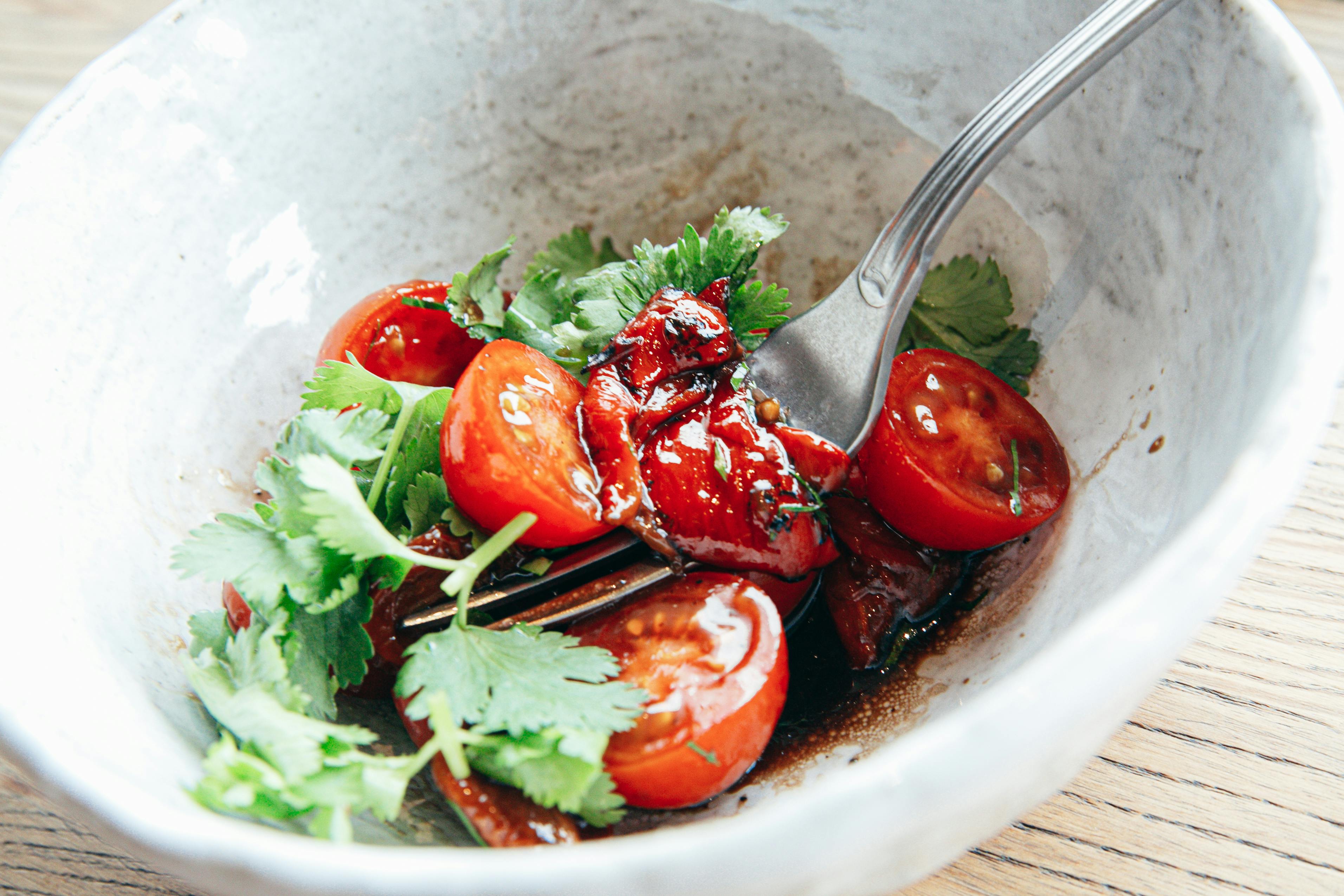17 best apps for college applicants and college students
Phones are no longer just for phone calls. It can be computers, maps, tour guides, game centers, cameras, search engines, and much more. With the right apps, they can even become a tool for college.
We researched many of the educational apps out there and picked the 17 most useful apps for the average college student and applicant. These 17 apps can help you with your college search, college prep, college applications, academics once you’re in college, and the college lifestyle in general.
Pretty useful, right?
While these 17 apps shouldn’t be your only providers of information, they are certainly a convenient and fun way to take on a small part of the college admissions process.
So surf and happy download!
1. Peterson College Guide
- What it does: Allows you to search for information on thousands of institutions, including statistics such as selectivity, financial aid, and specializations offered.
- Best used for: quick search or browsing to get ideas about different schools. For a thorough investigation, rely on information from the admissions office and the school’s website. It is also very useful for campus tours.
- Favorite feature: “Shake for a college suggestion” feature. Just shake your phone and explore the random universities that pop up.
2. College Confidential Mobile App
- What it does: Provides articles on college admissions and allows participants to discuss various parts of the admissions process. You can participate in discussions on the go, check out college application blogs, and interact with other users.
- Best used for: background research and evaluation of what other college applicants are talking about.
- Favorite Feature: “Campus Vibe” section, which allows iPhone users to browse through hundreds of reports from students who have visited colleges at a specific school.
3.FutureU SAT
- What it does: Lets you play SAT prep games on the go. The games are based on a Kaplan curriculum and are accompanied by tips for taking tests.
- Best used for: supplemental test preparation.
- Favorite Feature: The portable nature of the app that you can study anytime or anywhere, which is great for constant exam prep.
4. SAT Vocab Challenge Vol. 1 by The Princeton Review
- What it does: It tests you on 250 vocabulary words often found on the SAT test. You can test yourself on positive and negative definitions, synonyms, antonyms, and connotations.
- Best used for studying vocabulary on the go.
- Favorite Feature: Some challenges are programmed to simulate the real SAT test-taking environment.
5. SAT Connect
- What it does: Provides SAT study on the go with 800 test questions, 7 diagnostic tests, study guides, and flashcards. Provide feedback on your scores and times and track your progress.
- Best used for: diagnosing SAT problem areas on your own and focusing on practice questions within those areas.
- Favorite Feature – Gives you detailed explanations of the answers to any questions you miss, helping you avoid making the same mistake twice.
6. Common mobile app
- What it does: Allows you to complete your application via your mobile phone, but it is not recommended.
- Best used for: checking the status of your application and ensuring that the various stages of your application have been processed.
- Favorite Feature: The ability to check the status of your application on the fly, you no longer have to fidget in front of a computer.
7. Dropbox
- What it does: Keeps documents in one easy-to-access place, which is ideal for the variety of essays and other documents you accumulate during the college application process. It allows you to sync files from various locations.
- Best used for: storing draft essays, recommendations, and resumes in a safe place.
- Favorite Feature: The app uses an online storage mechanism, which means that your documents are safe from inopportune computer glitches.
8.iStudiez Pro
- What it does: It tracks assignments and deadlines for all of its classes. You can also color code and label various extracurricular activities and post them next to your class calendar.
- Best used for: keeping track of the many obligations that come with being a college student. Having all your schedule information in one place will make it easier to plan your obligations and work schedule.
- Favorite Feature: The “Today” view reflects all your academic and extracurricular obligations for a particular day.
9. myHomework
- What it does: Provides a digital calendar for your homework assignments. You can sort your assignments into different class lists or view them as a calendar.
- Ideal for: planning your semester when you receive study programs for your classes. Knowing when all your tasks are due will help you plan your workload and avoid procrastination.
- Favorite Feature: You can set reminder alarms to warn you of upcoming due dates.
10. Verse
- What it does: Allows you to download thousands of text messages to your phone so they are available in a more portable format. You can choose from a variety of free jobs or purchase other jobs from the app’s partner stores.
- Best used for smaller readings for your classes. For most classes, it is better to own the actual book. However, for shorter readings, Stanza can save you from a very heavy backpack.
- Favorite Feature: You can transfer books from your e-reader or computer just by dragging them to the Stanza icon.
11. Mental case
- What it does: Allows you to create cards with text, images, or audio, or download existing cards online. After creating the flashcards, you can take the test directly from your phone.
- Best used for: reduces the time you spend writing flashcards and gives you more time to examine yourself.
- Favorite Feature: Being able to make high-quality picture cards is especially useful for classes where you need to know diagrams and graphs.
12. Instapaper
- What it does: Saves web pages so you can access them later, even when you don’t have internet access. Saves most web pages as text-only files, making them easy to read even on your phone.
- Best used for: bookmarking articles or pages that you need for class or are simply interested in. Being able to access them even without wireless coverage gives you more freedom to read and study wherever you want.
- Favorite Feature – If you’re looking for something new to read, you can check out what other friends are reading or choose from the editor’s pick list.
13. Evernote
- What it does: Lets you make random text, audio, or visual notes on just about anything. You can record notes, ideas, or snapshots in a searchable database for easy access later.
- It is best used to remember all the random facts and ideas that you will absorb both in and out of the classroom.
- Favorite Feature: Convert the text of any snapshot into readable and searchable text on your phone.
14. Boss
- What it does: Lets you exchange phone numbers and other contact information when your phone “collides” with your friend’s.
- Best Used For: The performance frenzy you’ll encounter during your first few weeks of college. You’ll meet a lot of people and Bump provides a quick and easy way to get their contact information.
- Favorite Feature: It almost goes without saying that being able to exchange phone numbers just by tapping phones is great …
15. PocketMoney
- What it does: It keeps track of your finances with data from any checking, savings, or credit card accounts you enter.
- Best used for: making sure you don’t exceed your financial limits in college. It’s very easy to forget how much money is in your checking account, but this app makes that information available even when you’re on the go.
- Favorite Feature – Charts and other analytics help you see where you’re overspending and how to cut back
16. Wi-Fi Finder
- What it does: Shows you the different Wi-Fi hotspots in your geographic area and how to get there.
- Best used for: Finding places to study in your local community. The app is also useful if you are studying abroad, where it can sometimes be difficult to just stumble across a wi-fi access point.
- Favorite feature: clear directions to the nearest wifi location
17. Urbanspoon
- What it does: Helps you find nearby restaurants and view ratings and reviews for each establishment.
- Best used for: finding a restaurant in your new college town. College is about exploring new things, so challenge yourself to discover the unique local restaurants your area has to offer.
- Favorite Feature: The “slot machine” gives you a random restaurant option when you shake your phone. It’s great for when you’re feeling particularly spontaneous.
University specific applications
Most colleges offer smartphone apps with calendars, upcoming events, college news, and important logistical information such as lunchroom menus or bus schedules.
Once you’ve decided which school you can attend, you need to check their website or iTunes to see if there are any apps available.









